In 2007 the Australian Light Horse Assn (ALHA) conducted the highly successful and much publicised “In the steps of the Light Horse” re-enactment tour for the 90th anniversary of the charge of Beersheba. This tour brought to public attention the significance of the Middle Eastern Campaign in WW1, an often forgotten campaign that has been overshadowed by Gallipoli and the Western Front.
During this tour we visited the old battle scarred railway station at Semakh. In WW1 Semakh was a quaint little fishing village located on the shores of the picturesque Sea of Galilee. Our guide, the well known Australian author and historian, Kelvin Crombie, pointed out the historical significance of the battle that took place here at this vital railway junction on the 25th of September 1918.
The following brief account of the vital nature of this battle and its significance in hastening the end of WW1 is outlined by a Kinneret College historian;
“In the autumn of 1918 the British forces under General Allenby started their northern offensive against the Turkish forces under Liman Von Sanders. The Semakh station was an important gateway on the way to the whole of the Galilee and the road to Damascus.
 Australian cavalry forces, advancing on horseback from the south by only moonlight in the early morning of September 25th, came under heavy fire from German machine guns. The two squadrons of the 11th Cavalry Regiment galloped in the dark over unknown territory to the eastern end of the town, and two squadrons of the 12th Battalion to the west. The hardest fighting was at the train station, where the Germans were entrenched in stone buildings. The Australian horsemen galloped to the station buildings and then continued fighting face to face with swords and with rifles and fixed bayonets.
Australian cavalry forces, advancing on horseback from the south by only moonlight in the early morning of September 25th, came under heavy fire from German machine guns. The two squadrons of the 11th Cavalry Regiment galloped in the dark over unknown territory to the eastern end of the town, and two squadrons of the 12th Battalion to the west. The hardest fighting was at the train station, where the Germans were entrenched in stone buildings. The Australian horsemen galloped to the station buildings and then continued fighting face to face with swords and with rifles and fixed bayonets.
The fighting ended an hour later at dawn, with over a hundred dead on the Turkish and German side and 365 prisoners. 14 Australians were killed and 64 wounded with a loss of nearly half the horses. The historic battle has gone down as a heroic episode in the history of the Australian Army. This famous battle was the one of the last cavalry charges in modern warfare.”

2007: We cannot overestimate the foundational work of Kelvin Crombie in bringing the interest in this pivotal event to the fore. One of the results of this, together with the publicity generated by the ALHA tour, encouraged various authorities led by visionaries at Kinneret College to begin to formulate a unique restoration project. In 2007 the railway station was in a bad state of repair and located in the middle of a rubbish dump.
2012: “In the steps of the Light Horse” 95th ALHA anniversary tour of the charge of Beersheba, work had been started on the restoration. Kinneret College, in association with others, have progressed with the repairs of the station, station master’s residence, water towers, turntable, lines and some rolling stock.
The ALHA has donated around $10,000 USD towards the garden, plus another $5,000 USD towards a black marble and bronze monument.
The nearly finished project.
The restoration of the Railway Station is only a part of this multimillion dollar project.

For example, the water towers in the background have been refurbished on the outside, and on the inside is an extensive multimedia display telling the story of the railway, together with its significance in WW1.
2017: An artist impression (above) of the extensive surrounds of the old railway station. With coffee shops, gardens and a magnificent collection of memorabilia, interactive displays, and multimedia presentations that powerfully portray the amazing history of this place.
This centre is in close proximity to the Sea of Galilee (also known as Lake Kinneret).
It is therefore destined to be a major tourist attraction with tens of thousands of tourists visiting each year, resulting in a great opportunity to showcase our Light Horse history.
The ALHA has contributed to the memorial gardens, with a large donation, but one more thing is needed.
The final capstone, the crowning glory is missing.
Those who have been closely associated with the project, including Kinneret College, have felt that it is missing an imposing bronze statue of a Light Horseman in the heat of battle. The renowned Israeli-Canadian artist and sculptor, Rick Wienecke, after visiting the site and studying the battle, has come up with a vision for how this may look.
His initial sketch in clay is highly symbolic and captures the significant features of the battle:
- The horse is hit and collapsing under the rider, who is shown hurriedly dismounting from his Waler.
- The rider is blindfolded, depicting the lack of vision in the moonlight charge.
- The rider is to have the face of an Australian Aboriginal rider, to highlight the role that they took in this particular conflict.
- The railway lines and sleepers are larger than life, reinforcing the significance of the railway.
- It depicts one of the very rare times the Australians charged with swords.
Some details have yet to be added, such as a greater semblance of uniform, including slouch hat etc. The model pictured above gives the idea of what is in mind.
The cost of this 75% scale cast bronze statue, is $50,000 USD, and will take about 7 months to construct which is very reasonable for a project of this type.
We have some funds in hand but still need in excess of $40,000 USD to make this great project a reality.
All donations will be recognised by a special gold, silver and bronze plaque with the donor’s name, which will be incorporated into the monument’s base. Gold donors $5,000 and above, silver donors $1,000 and bronze $100.
Please contact Barry Rodgers on 0428 662 582 or barry@emugully.com.au, if you would like to contribute. If the target is not reached all donations will be refunded.



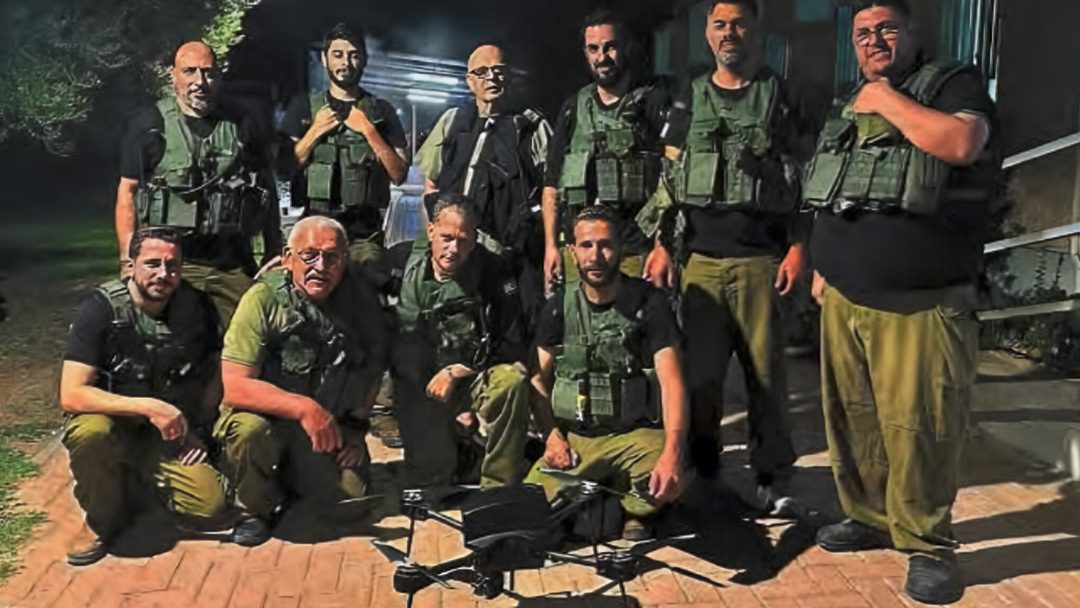
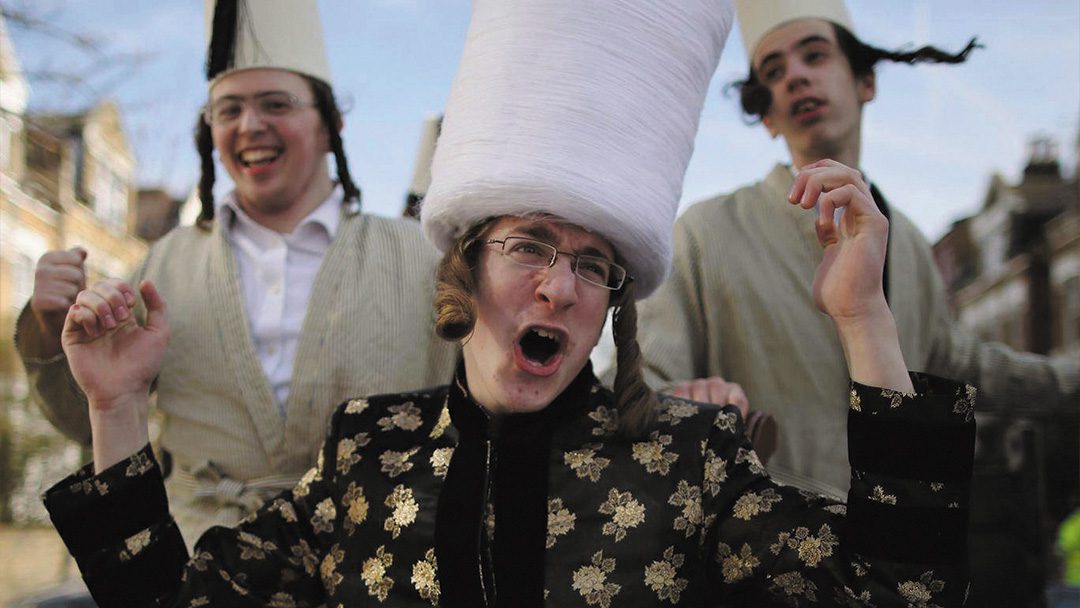
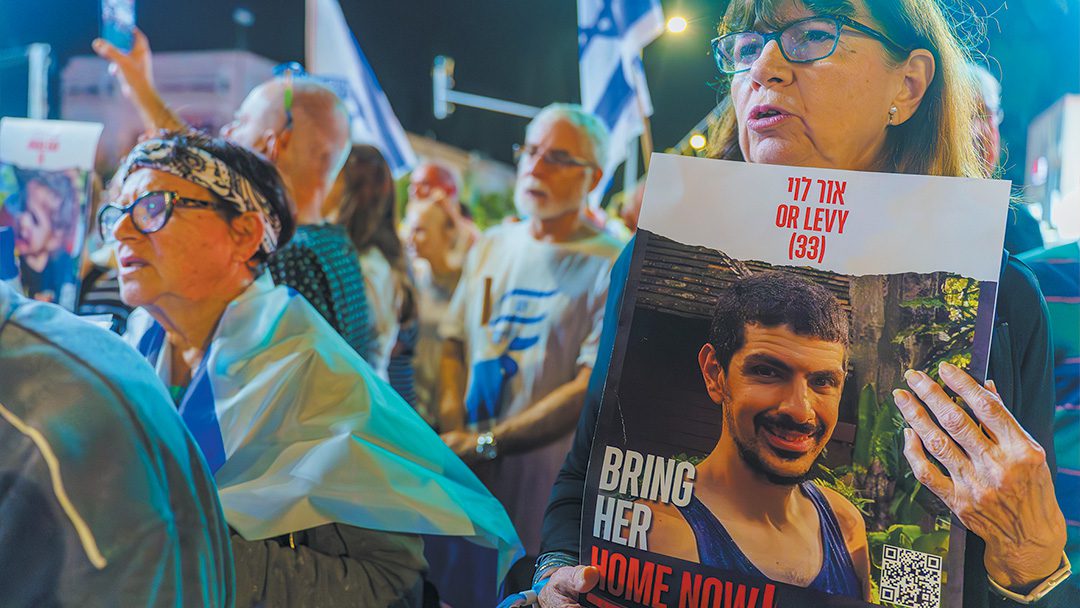

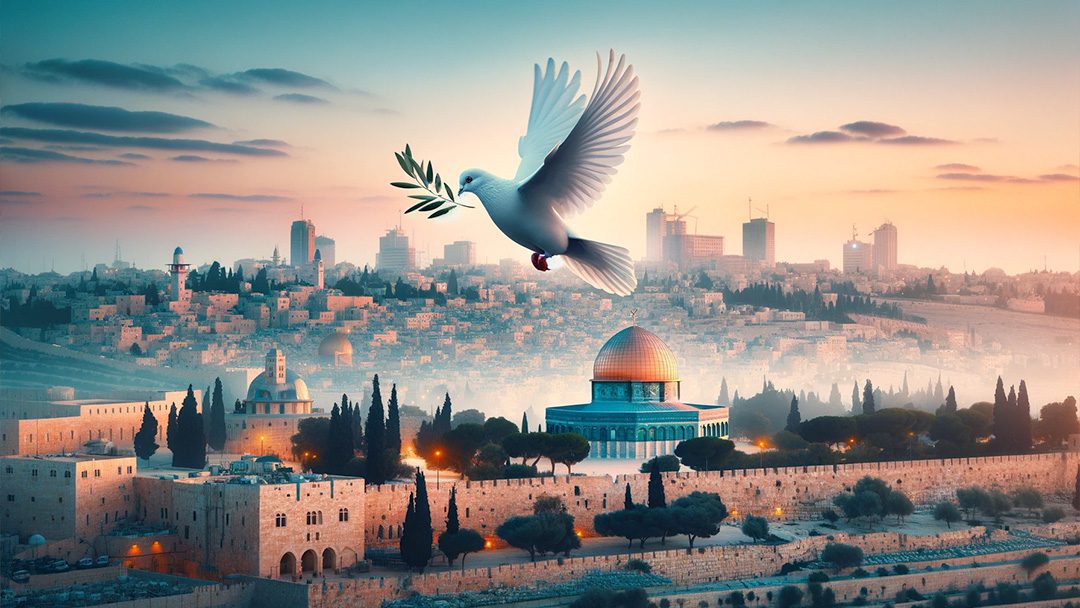
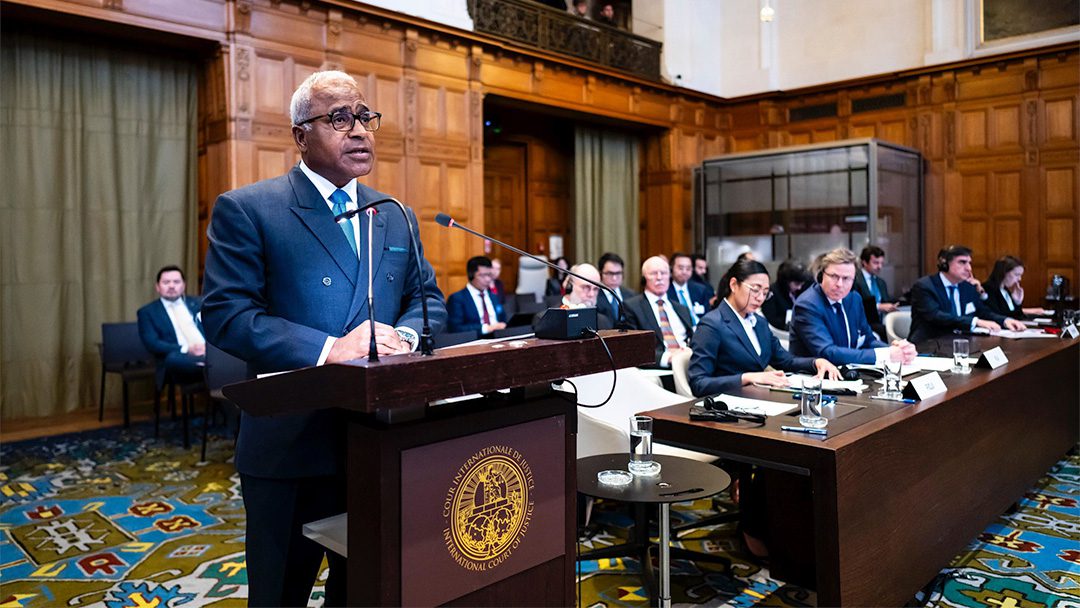

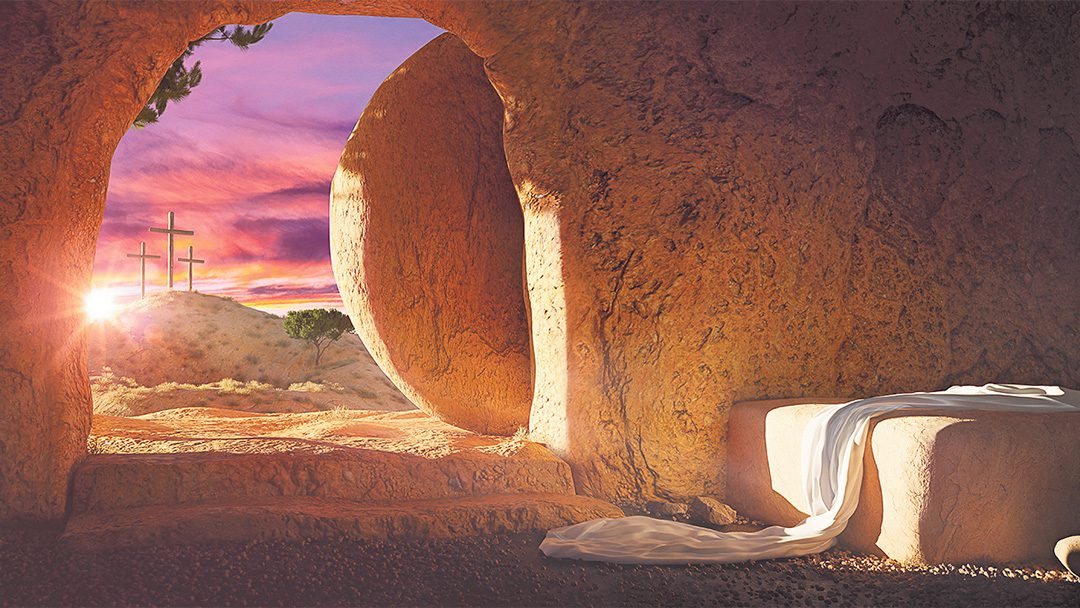
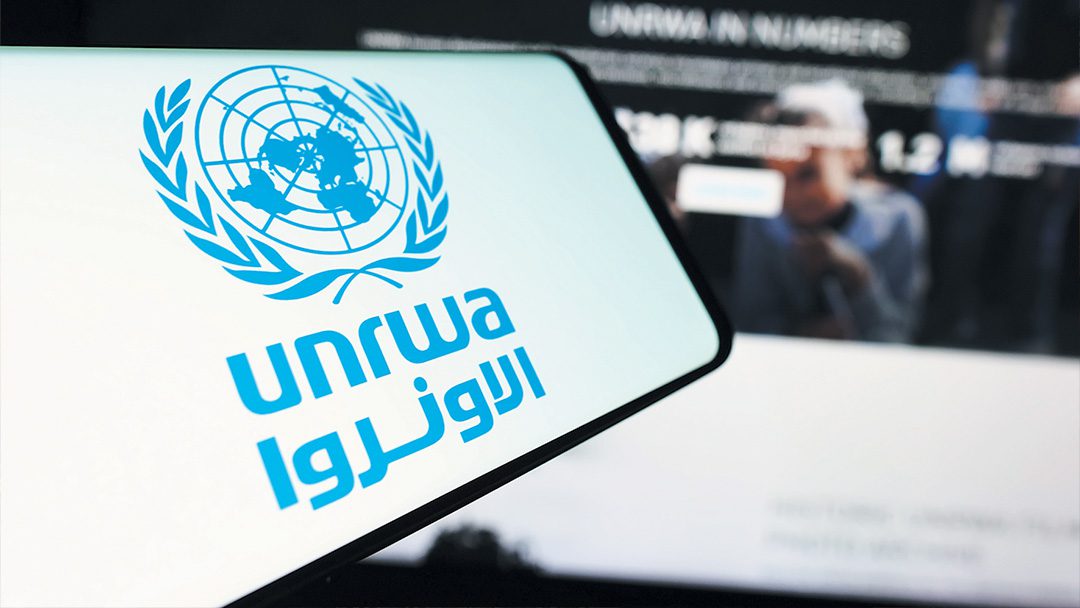

0 Comments